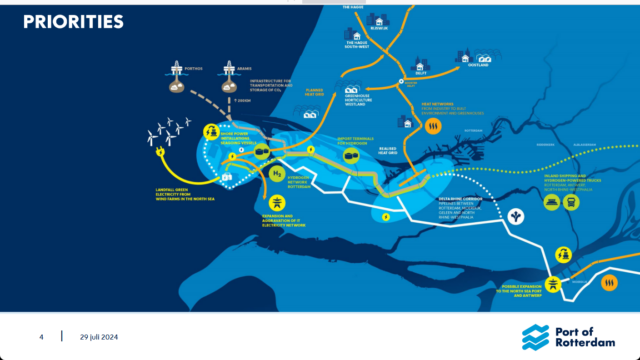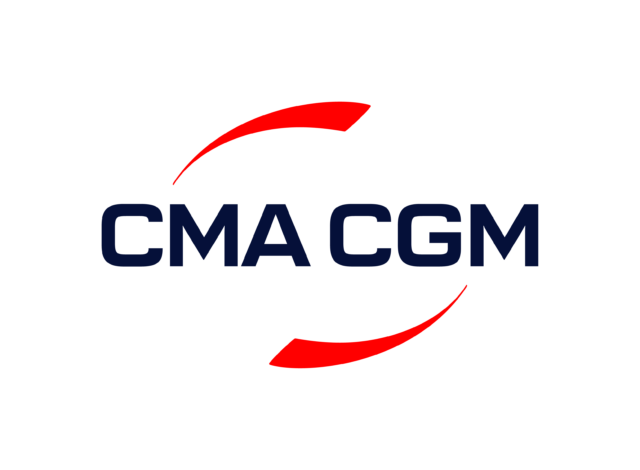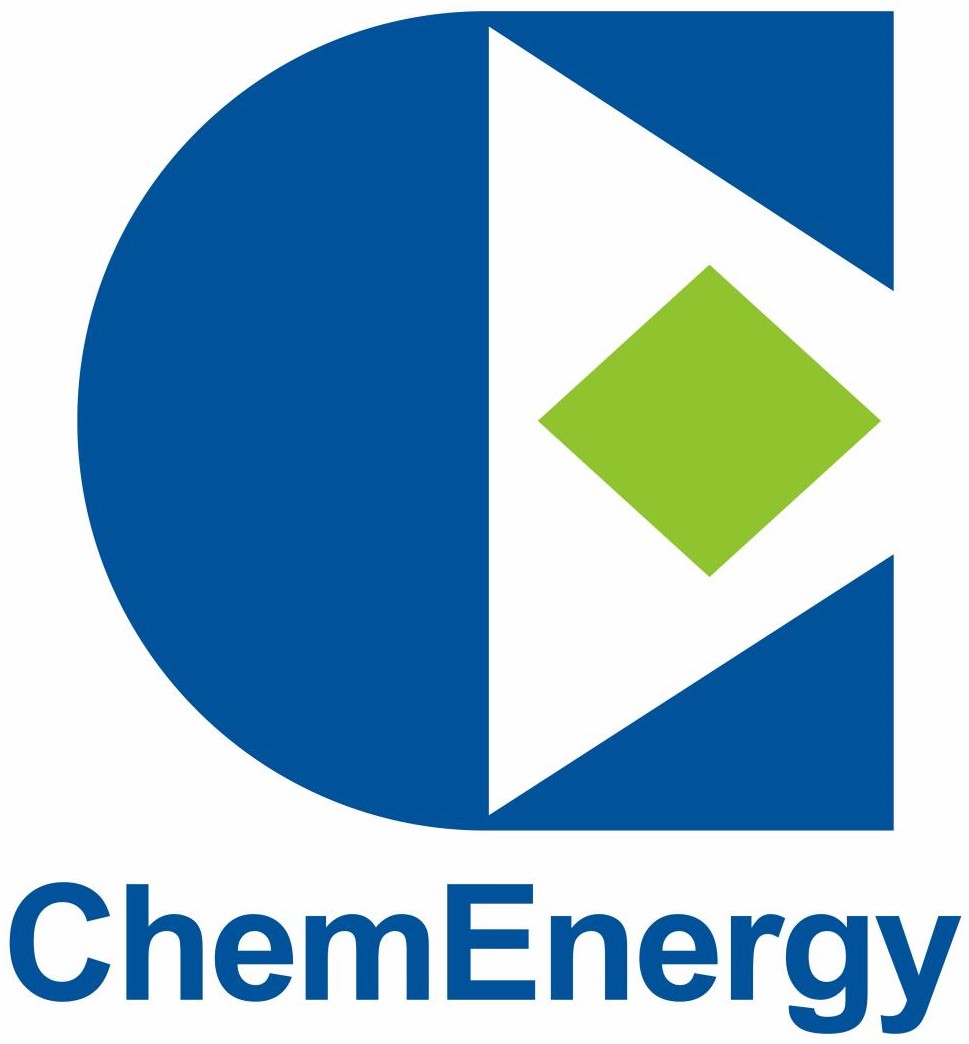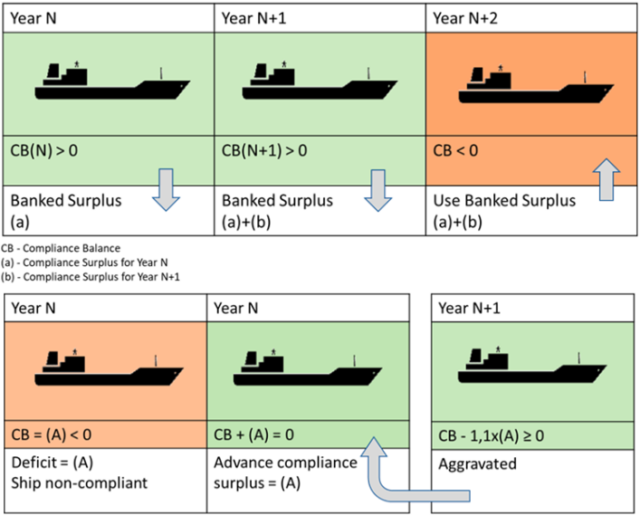Updated PGS-12 code: Preparing for increased ammonia imports to the Netherlands
In our July episode of Project Features, we were joined by the Port of Rotterdam, OCI Global and Chane to explore current and future ammonia imports into Rotterdam. With significant ammonia import targets set for 2050, terminal projects are already underway in Rotterdam, including a four-phase expansion of OCI Terminal Europoort, and a new distribution hub from Chane. These developments will proceed according to a modern, updated set of guidelines for ammonia storage and handling in the Netherlands, known as PGS-12.






